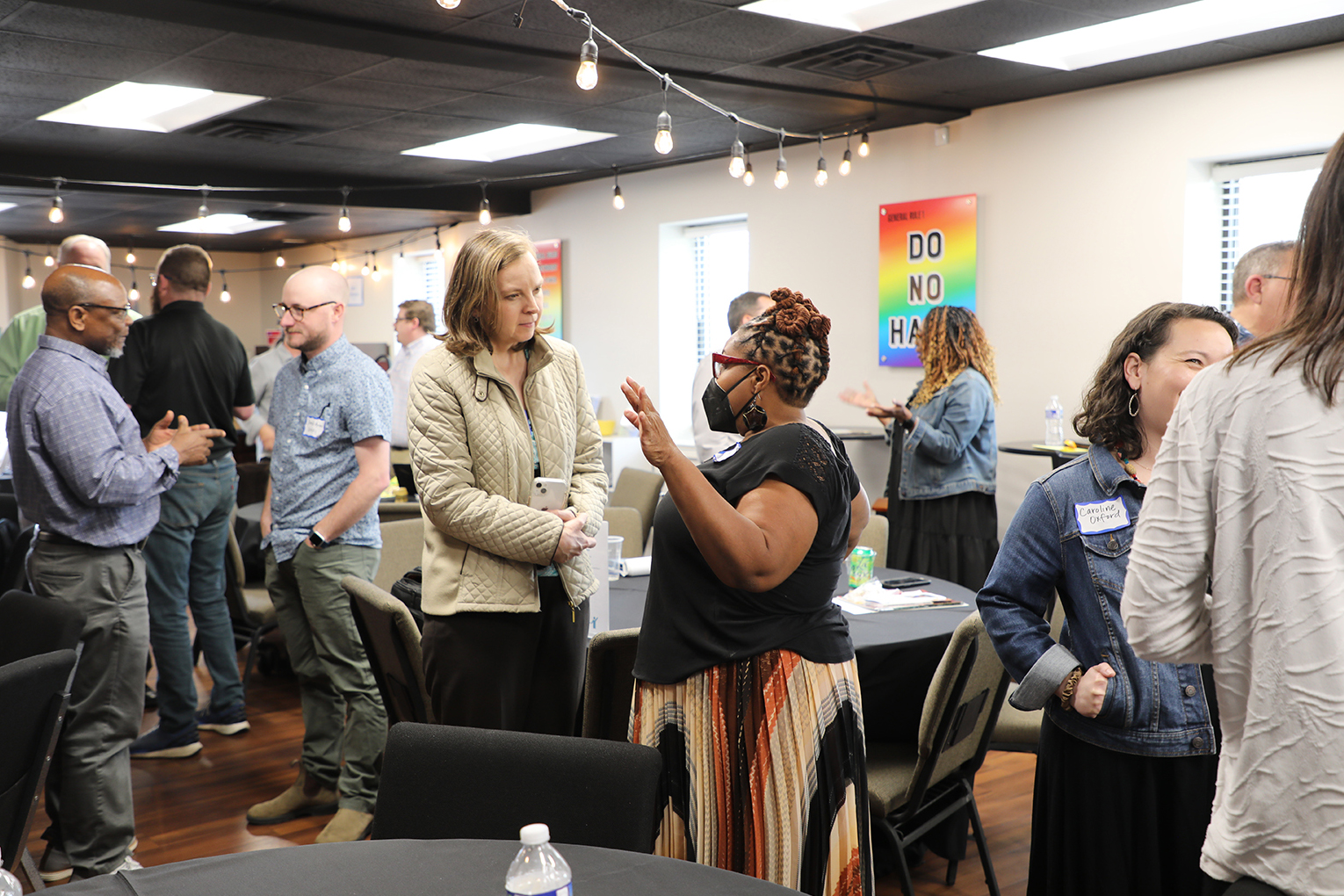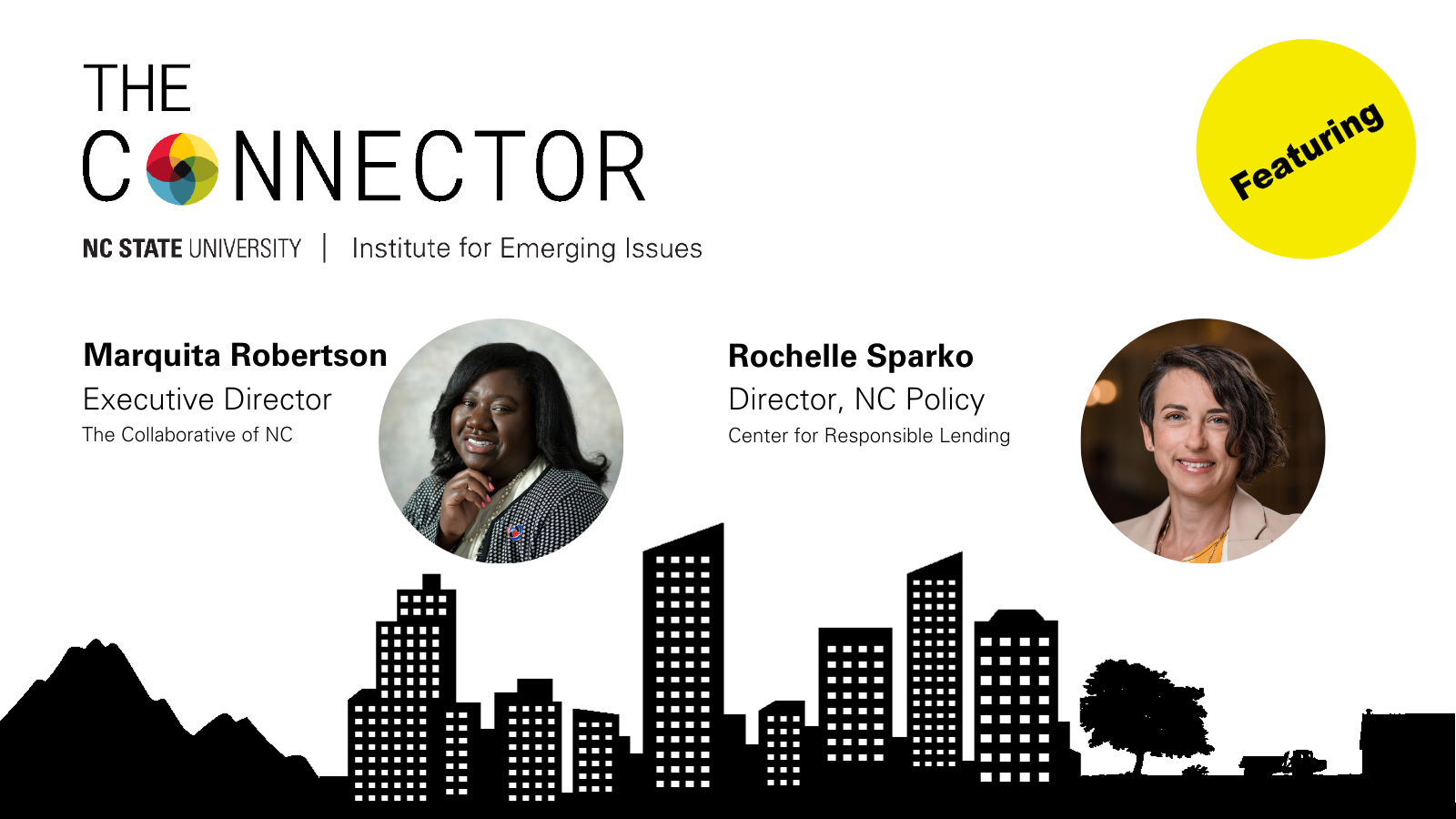Director’s Log | January 2019

It was noon on a December morning 1999 during the final meeting of the Rural Prosperity Task Force. The goal of this meeting was to find consensus among the 25 members of a statewide group charged with solutions to address what we were calling the “rural-urban divide.”
Charlotte businessman Erskine Bowles was chair. I was the staff director. We’d been going since 8 that morning and the Task Force had agreed on exactly none of the final recommendations. The rural people were suspicious of the urban people; urban people disagreed with the rural folks. They’d had nothing to eat; they wanted food.
“They’re not going to agree on anything,” I said.
“Don’t feed ‘em,” Erskine said. “Just watch. They’ll agree.”
We waited. 1 pm: people were searching out vending machines; still no agreement. By 2 pm, people were wondering if the flowers on the table were edible. There was consensus on two of five recommendations. By 3 pm, the clouds parted. We had consensus on every issue. We gave them lunch.
“Never underestimate the power of food,” said Erskine.
It’s been nearly two decades since the task force wrapped up its work. And North Carolina is still having trouble agreeing on rural and urban issues.
But something surprising is happening too. Across the state a few places are finding ways to work together, building bridges that connect the rural and urban and suburban parts of our state. We’ve found some of them, regions that are recognizing that economic development goes better if they work together, that workers go to where the jobs are, that companies go where the talent is, and that food needs growers, processors and consumers.
If you want an illustration of how this interdependence works, take a look at your home county commuting patterns in our “County Snapshot” tool. For every county, you can find what percentage of your residents commute out of county for work – and what percentage of the people who work in your county commute in from outside. The story may not be what you expect. For example, in “urban” Orange County, 63% of residents commute to another county to work; 68% of the jobs in Orange County are held by people commuting in. In “rural” Harnett County, 77% of working residents commute out every morning; 60% of the jobs in the county are held by people who don’t live there.
At our Forum February 11 in Raleigh (register!), ReCONNECT Rural and Urban, we want to hear from you, farmers and faith leaders, elected officials, business people and nonprofits, about the challenges and opportunities there are to work together – to get transportation working more effectively, take full advantage of broadband, synch up health systems and raise up a workforce that can invent the future. You’ll meet the state level policymakers setting the legal framework for change and the community level difference makers who are figuring out how to make change happen.
The point is not to ignore differences between our rural and urban and suburban areas, but to work together to find ways to address them in a way that makes our whole state successful and to recognize that we are better together.
As Task Force member Tom Lambeth put it 20 years ago, “If there’s a hole in one end of the boat, it doesn’t matter which end you’re sitting in.”
Let’s talk about where the holes are and start working to plug leaks. Then let’s soup up the motor and start fishing together.
Join us at the forum. We think you’ll be challenged, inspired and energized.
In fact, we’re so confident, I’m promising lunch in advance.
- Categories:


